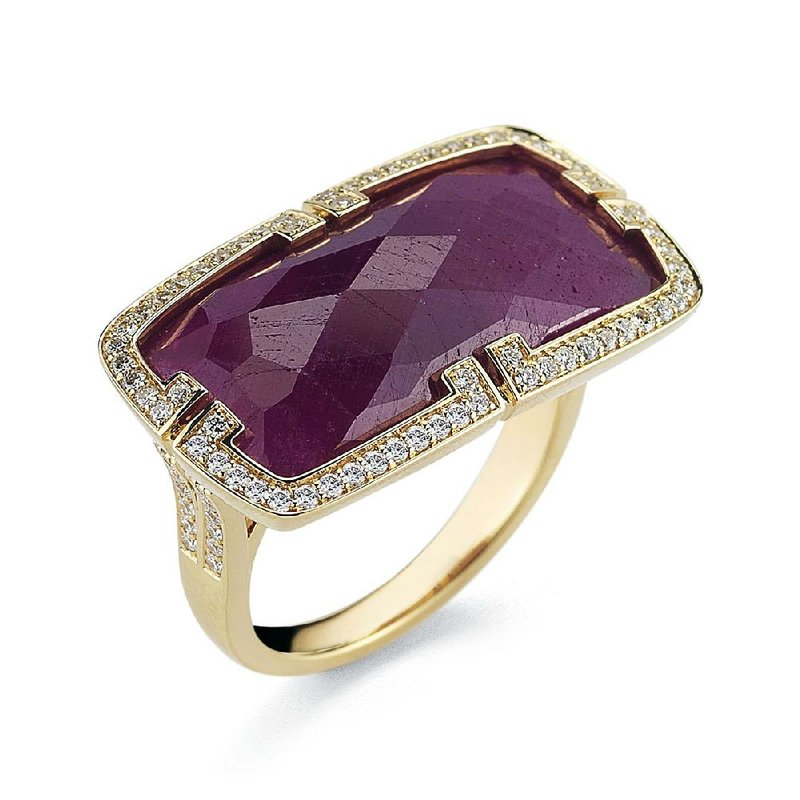If your jewelry box is a tangle of bling you no longer wear, you may be able to turn those baubles into a car payment, vacation, bathroom remodeling job or whatever you value.
To get the most out of your unwanted jewelry, you need to know what the jewelry is worth and where you should sell it. You also need to know yourself. "How much effort do you want to put into selling your jewelry?" asked Martin Fuller of Martin Fuller Appraisals in McLean, Va., who is a master gemologist and senior accredited appraiser. "It's a balance of what your time is worth and what you might recoup selling your jewelry."
Some people reason that they can skip the appraisal if they believe their jewelry isn't worth much. If you are absolutely certain what you have is not valuable, you can go ahead and seek offers for it, but beware. "I have many times taken very expensive jewelry out of a client's 'costume' pile and moved it into their fine jewelry pile," Fuller says. One time a client brought Fuller a sapphire with an old appraisal attached that claimed it was worth $18,000. Fuller noticed some unusual characteristics under his microscope and recommended advanced testing. Turns out it was a rare, untreated Kashmir sapphire worth nearly half a million dollars.
To truly know the value of what you are selling, it is advisable to get an appraisal by a member of the American Society of Appraisers, the International Society of Appraisers or the National Association of Jewelry Appraisers. Members of all three groups have to adhere to standards and ethics. Appraisals range from $150 to $350 per hour. To give you an idea, a simple diamond ring might take about an hour to appraise, whereas one with multiple diamonds and an elaborate setting might take more than three hours. Some appraisers charge by the item, but under no circumstances should an appraiser charge you a percentage of the item's value.
An appraiser can also tell you whether your jewelry is best sold as-is or for scrap. Some jewelry by well-known designers is more valuable intact.
Once you have your appraisal in hand, keep in mind that you are unlikely to get that price. Appraisals, often conducted for insurance purposes, determine the retail replacement cost of jewelry, not the resale price. So ask your appraiser whether he or she can give you an estimate of resale price as well. With gold jewelry, an appraiser may tell you the "melt" price of your piece, which is the value of the precious metal contained in it. Again, you are unlikely to get this price, because the buyer must factor in his profit margin and the cost of extracting the gold. Experts say that if you can get 70 percent to 80 percent of the melt value for your gold, that is a fair price.
Use caution if you want to sell your jewelry online. The Better Business Bureau receives a lot of complaints about online buyers who offer lowball prices, fail to return jewelry if you reject their offer, or don't send payment for your items. I once collaborated with a master gemologist appraiser and sent exactly $350 worth of gold to three online gold buyers. One offered us $206, another $90 and a third $66. When we rejected these offers, some of the companies then made us better ones. This experiment shows the value of shopping around for the best offer and declining the initial offer. A website called Where2SellGold.com has done similar experiments, with similar results.
If you choose to try an online jewelry or gold buyer, check its reputation with the Better Business Bureau. Also read the fine print of its website so you understand what you're getting into. Look for things like how much time you have to respond to an offer before the buyer considers it a done deal, and how long it will take for the buyer to pay you. Take photos of your jewelry before shipping it. And send it insured with a delivery method that proves the company received it.
Another option is to sell via an online consignment shop. This can work well because individuals typically pay more for jewelry than professionals. Just make sure any added profit is not eaten up by the commission you must pay. One site that stands out is IDoNowIDon't.com , so named because it specializes in diamond rings from broken engagements. What's nice about this site is that the money and the jewelry are sent to the company for safekeeping. The jewelry is appraised, the money held in escrow. Once IDoNowIDon't has verified that all is well, the deal goes through. The site charges a 15 percent commission. Other online consignment sites include TheRealReal.com and SnobSwap.com, both of which say authenticity is guaranteed.
Selling your jewelry in person to a local shop could still be the best way to get the most money out of it. Here, too, you have lots of options, including coin shops, pawn shops, consignment shops and jewelers. The American Gem Society provides a list of local jewelers who buy jewelry.
No matter which type of store you choose, you should get at least three estimates -- and more for high-value items. "Get offers in writing," Fuller says. "Then you will get a sense of what the market is willing to pay. Tell them you are required to get at least three offers for the family, so they will know they must put their best offer on paper."
There's one final option: Your appraiser may be willing to act as a broker and help you sell your jewelry. Or he or she may be able to refer you to a broker. Look for someone with years of experience and deep connections that will bring you buyers. Some brokers charge a flat fee. Others charge 10 percent to 60 percent of the sale price, depending on how much work is involved.
Style on 07/25/2017
